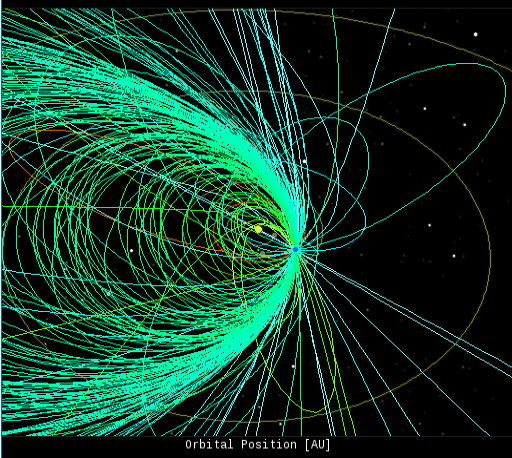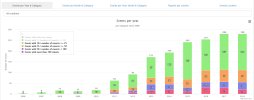Translated from Spanish by Microsoft
Don't miss the Perseids this year. Its maximum will take place during the night of the 12th to the 13th of August. In
The night of Aug. 9th 2018 was supposed to be overcast but around 2:00am LT the sky cleared and I drove up Mont Rond in the Jura Mountains in France to hopefully catch a meteor or two. I mainly started taking pictures and time-lapses and I left a third camera (the almighty Sonay a7s) to record real-time some areas of the sky (ISO 12k-40k).
I was happy when I knew I had captured one but what a surprise when I discovered today that I caught way more than that! Especially when most of the shooting stars went right through the Big Dipper! What a specatcle! Some shots were taken at 20mm but most were taken at 50mm and 135mm! What are the odds right?
That means the activity has picked up and it means that if you have clear skies between now and Aug. 12-13th (peak), go out!! (Well it also continues with a decreased activity the rest of August.).
I hope this short video motivates you to go outside in the warmer August nights and spot meteors! They can definitely be seen with the naked eye and some bolides are super bright! The radiant (apparent origin of the meteors) is situated in Perseus. This constellation rises from the N-NE at nightfall in the northern hemisphere and we're approaching new moon so no excuse!
Officialvhfuhfchannel Published on Aug 8, 2018
Meteor showers are great time to listen to VHF signals scattered by meteor ionization trails





